Grown From Seed, Spinach Will Take 6-10 Weeks To Reach Maturity – Experts Share How

VEGETABLES > SPINACH > SOWING

Ed is a horticultural therapist, professional gardener and writer. Ed has a BSc in Occupational Therapy from Coventry University and a Diploma in Social and Therapeutic Horticulture (DipSTH) via Thive, the RHS and Pershore College. Ed runs a community kitchen garden in West Sussex, where he leads horticultural therapy sessions.
Reviewed By DAN ORI

Dan has over 27 years’ under his belt caring for plants and gardens. Working as a Horticultural Instructor and Consultant, he draws on a diverse range of experience that includes working as a Head Gardener, Tree Surgeon, Garden Centre Trouble Shooter, and writer of academic papers. Dan has a Level 3 Diploma in Horticulture and is currently a candidate for the RHS’s most prestigious award – The Master of Horticulture.
Contributions From EMILY CUPIT

Emily is a Gardening Writer, Photographer and Videographer from Derbyshire, UK. She is the Founder of Emily's Green Diary - a community of more than 75,000 people who share in her gardening journey.
IN THIS GUIDE
SPINACH GUIDES
Growing From Seed
Widely grown here in the UK, spinach is a tasty vegetable that is easy to grow and care for.
Growing spinach from seed is rewarding, but you will need to wait a while for them to grow, as the plants will usually only be ready to harvest after 6-10 weeks from sowing.
To grow spinach from seed:
- Harvest or purchase your seeds.
- Prepare the soil, ideally looking to sow your spinach plant in its final position.
- Sow seeds at a depth of 2cm and cover lightly.
- Thin out the seedlings to a width of at least 15cm.
- Grow on the young plants, keep free from weeds and prevent bolting.
These steps are explained in more detail (with pictures) below.
| Difficulty | Easy |
| Equipment Required | Gloves, rake, compost (if growing in pots) |
| When To Prune | February to May or September to October |
When To Sow Spinach
True summer spinach is sowed in spring, between March and May, though you can sow indoors or under protection from February onwards before planting outside soon after the last frost date in your area.
Note: If you decide to sow indoors, care should be taken over pricking out, hardening off and transplantation. Transplantation shock can sometimes hasten premature bolting, or check the growth of your plants. To reduce strain, you can consider sowing seeds in biodegradable plant pots that you can plant along with the seedlings in your garden to reduce root disturbance.
It can then be succession sowed every couple of weeks through spring.
True spinach for autumn and overwintering is sown in August and then again in September.
Perpetual spinach is also often sown in spring, and again in August or September for year-round growing (when protection is provided in winter in colder areas).
It really can provide a harvest every single month of the year.
1) Acquire Spinach Seeds
Harvesting your own spinach seeds is relatively easy, as during the height of mid-summer, spinach has a natural tendency to bolt and produce seed.
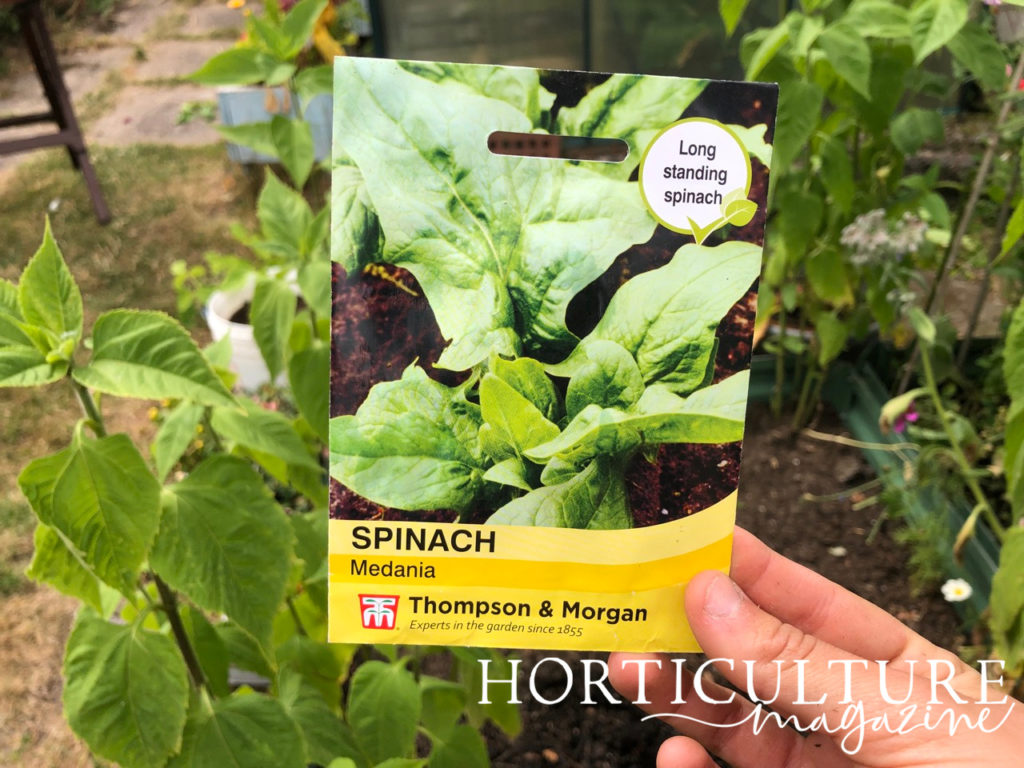
To collect the seeds, allow the plant to produce flowers and subsequent seed heads and wait for them to dry out and turn brown, before harvesting the brown seeds.
However, if you do not have a spinach plant to harvest seed from, spinach seed varieties are readily available from most garden centres and online suppliers.
2) Prepare The Final Position
Spinach tends to grow best when it is sown directly in its final position, which can either be in the ground or in containers.
Spinach prefers to be grown on fertile and moist, but well-drained, soil in partial shade.
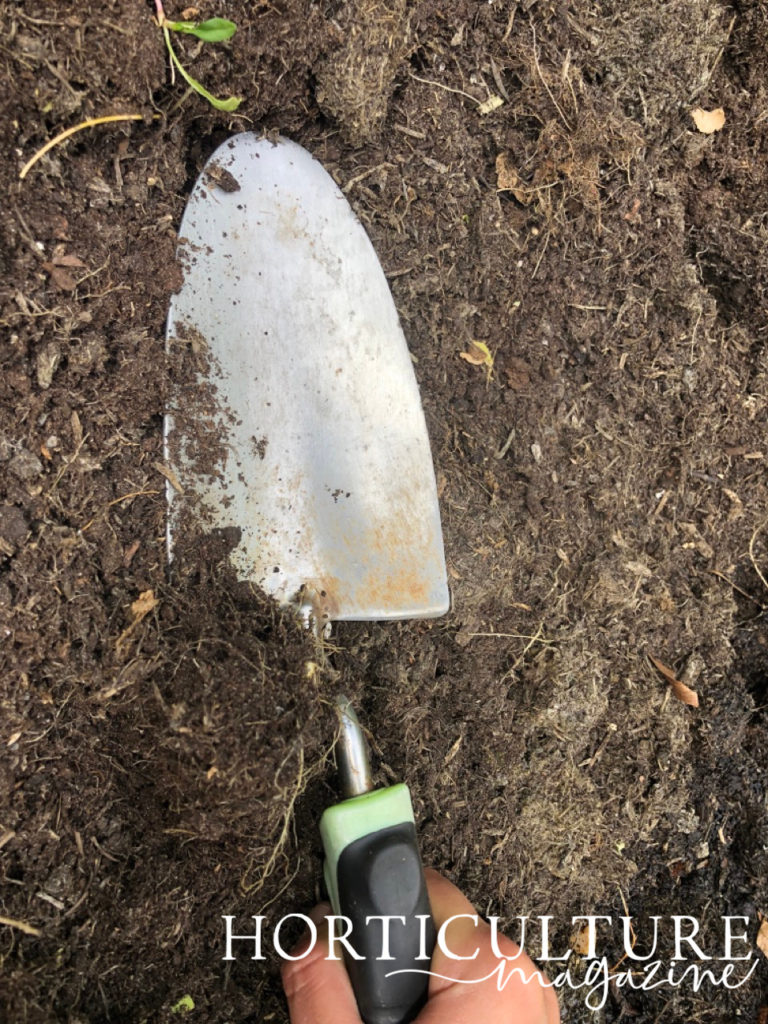
If growing on poor or heavy soil, adding some home compost or well-rotted manure prior to planting will help increase fertility and improve the soil structure.
If planting the seeds directly into the ground, the soil can be prepared by removing any weeds and stones by raking the ground.
If growing in containers, drainage holes must be present and a layer of gravel can be added before filling with a rich peat-free multi-purpose compost.
3) Sow Seeds Directly
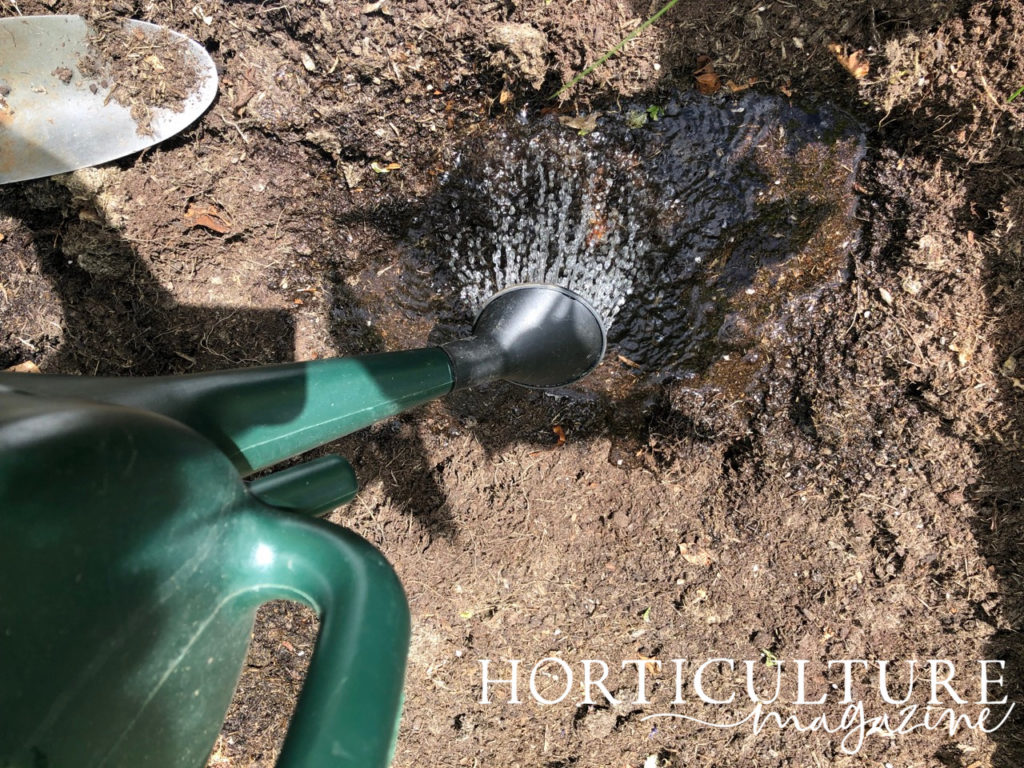
To sow spinach seeds, make a drill 2cm deep and sow the seeds thinly before covering over lightly with soil and watering in gently.
If growing rows of spinach, it is advisable to leave a spacing of 30-40cm between rows.
When sowing spinach in pots or containers, individual holes 2cm deep can be made to sow seeds where they are to grow before covering them over and watering them.
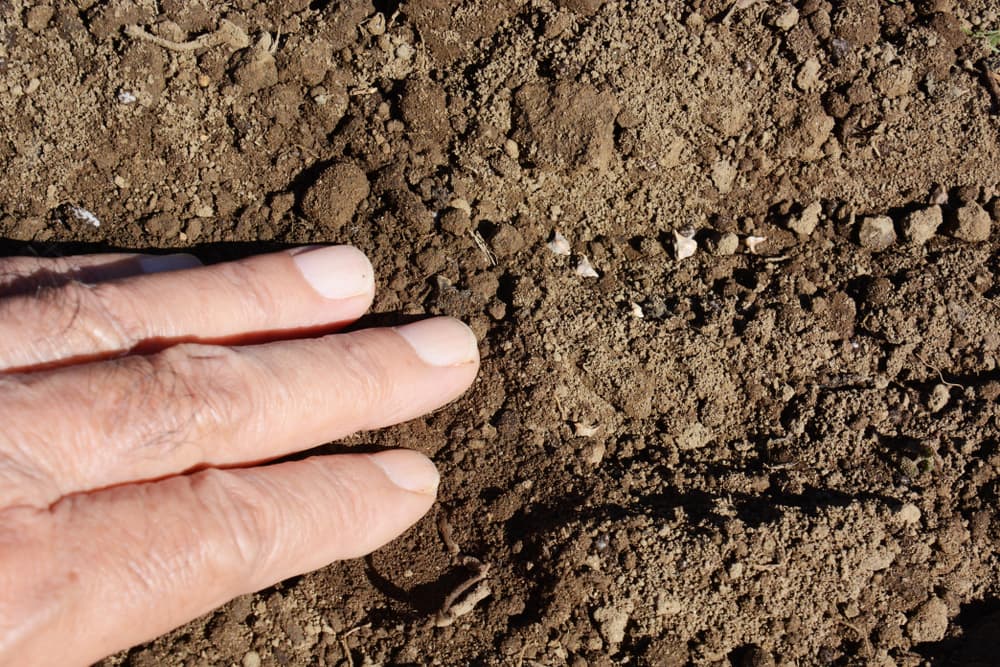
For early sowings, cloches or fleeces can be used to help encourage germination and protect the seedlings.
4) Thin Seedlings To 15cm
Keep the soil moist, and once the seeds have germinated, thin the seedlings to 15cm apart to allow those left in the space to mature in size.
5) Keep Growing Conditions Right
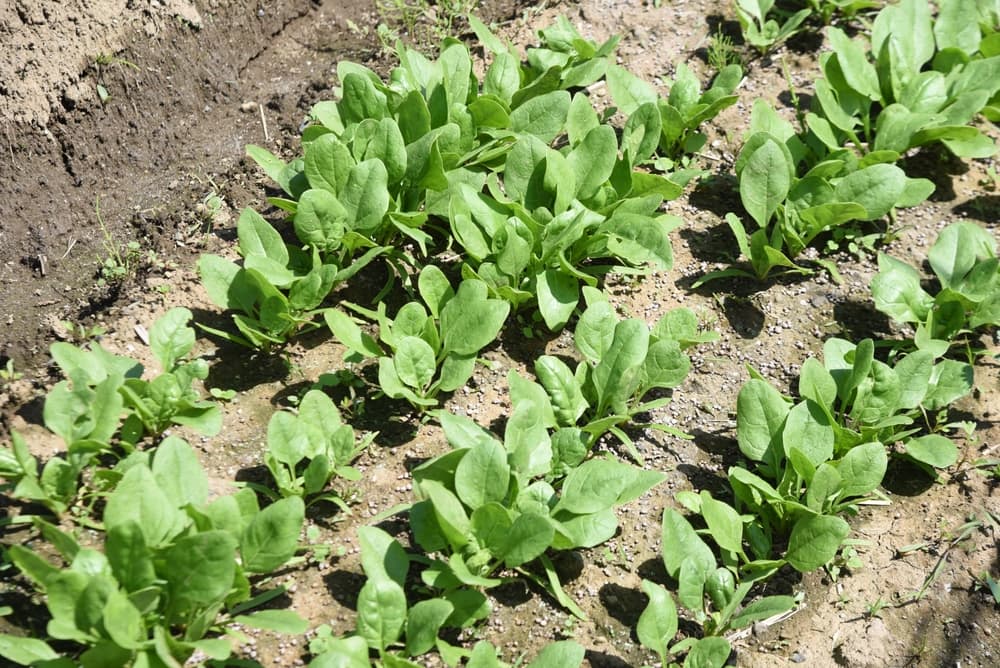
To grow the young spinach plants on, ensure that the soil is kept weed-free and moist, especially during warmer weather, which will help prevent the plants from bolting.
“You will most likely need to water this plant every day during hot weather,” says Horticultural Consultant Dan Ori.
“Time invested in watering and weeding is well rewarded with a constant supply of tasty leaves.”
After 6-10 weeks the spinach leaves can either be harvested when young to eat in salads or left to mature in size and used in soups and stir–fry recipes.
